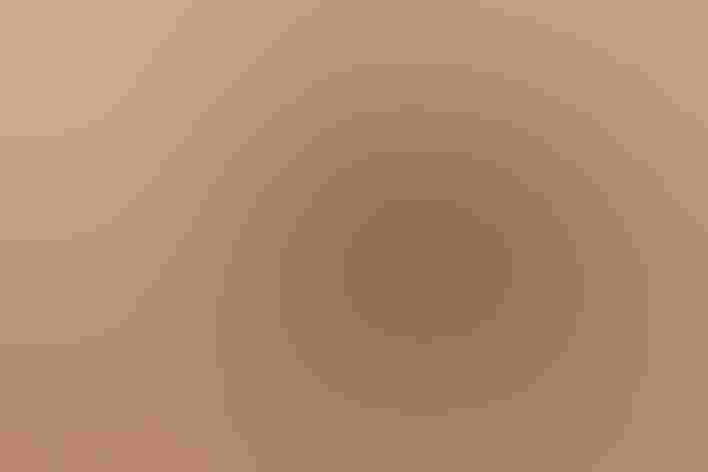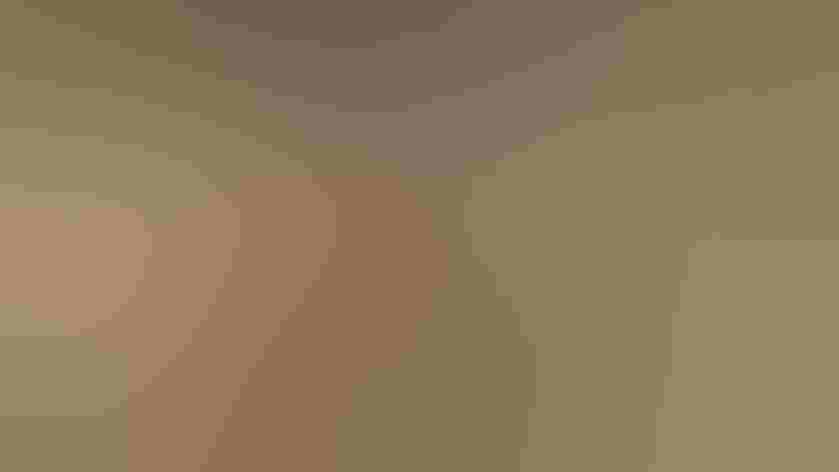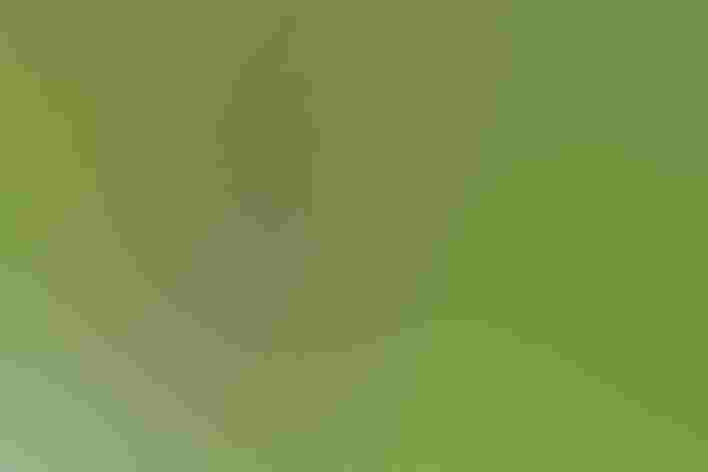Northern Bobwhite
At a Glance
The only native quail in the east. Its whistled bob-white! call is a familiar sound in spring in farmland and brushy pastures. The birds are heard more often than seen; although not especially shy, they often keep within dense low cover. During fall and winter, bobwhites live in coveys, averaging about a dozen birds. At night they roost on the ground in circles, tails pointed inward, heads pointed out.
All bird guide text and rangemaps adapted from Lives of North American Birds by Kenn Kaufman© 1996, used by permission of Houghton Mifflin Harcourt Publishing Company. All rights reserved.
Category
New World Quail, Upland Ground Birds
Conservation
Near Threatened
Habitat
Fields, Meadows, and Grasslands, Forests and Woodlands, Shrublands, Savannas, and Thickets
Region
Eastern Canada, Florida, Great Lakes, Mid Atlantic, New England, Northwest, Plains, Rocky Mountains, Southeast, Southwest, Texas, Western Canada
Behavior
Flushes, Running
Population
5.800.000
Range & Identification
Migration & Range Maps
Permanent resident throughout range, which extends south to Guatemala.
Description
8-11" (20-28 cm). Contrasting pale eyebrow and throat, buff on female, white on male. Reddish-brown body, very short tail. See other chunky birds of fields, such as meadowlarks. Male of endangered Sonoran race, "Masked Bobwhite" (being reintroduced in Arizona), has black face, rusty chest.
Size
About the size of a Crow, About the size of a Robin
Color
Black, Brown, Red, Tan, White
Wing Shape
Fingered, Rounded, Short
Tail Shape
Rounded, Short, Square-tipped
Songs and Calls
Clear, whistled bob-WHITE or poor-bob-WHITE.
Call Pattern
Rising, Undulating
Call Type
Odd, Scream, Whistle
Habitat
Farms, brushy open country, roadsides, wood edges. Found in a wide variety of semi-open habitats, including brushy meadows, overgrown fields, or where pastures or agricultural fields are next to hedgerows or woodlots. "Masked Bobwhite" of southwest inhabits ungrazed native grasslands.
Sign up for Audubon's newsletter to learn more about birds like the Northern Bobwhite
Behavior
Eggs
Usually 12-16. White to pale buff. Incubation is by both sexes, 23-24 days.
Young
Downy young leave nest shortly after hatching; are tended by both parents, but feed themselves. If danger threatens young, parents may put on distraction display. Young can make short flights at 1-2 weeks, not full-grown for several more weeks.
Feeding Behavior
Forages by walking on ground, head down, searching for food by sight; sometimes moves up into vines or shrubs. Feeds in flocks (coveys) at most seasons, alone or in family groups during breeding season.
Diet
Includes seeds, leaves, insects. Diet varies with season and place. Eats many seeds (especially those of legumes), also leaves, buds, berries, acorns, roots, insects, spiders, and snails. May eat mostly seeds in winter, with more insects eaten in summer. Young birds may eat mostly insects at first.
Nesting
In courtship, male turns head to side to show off pattern, droops wings, fluffs up feathers, makes short rushes at female; also walks slowly around female with tail fanned, feathers fluffed up. Nest site (apparently chosen by both members of pair) is on ground among dense growth. Nest (built by both sexes) is shallow depression lined with grass, leaves. Grass and weeds are often woven into an arch over nest, making it very well hidden, with entrance at one side.
Climate Vulnerability
Conservation Status
Has disappeared from much of the northern part of its range, and has declined seriously even in more southern areas. The causes for these declines are not well understood. At northern edge of range, many may be killed by unusually harsh winters, but this does not explain its widespread vanishing act. The "Masked Bobwhite," a subspecies extinct in Arizona and endangered in Mexico, is now being reintroduced into southern Arizona with only limited success.
Climate Threats Facing the Northern Bobwhite
Choose a temperature scenario below to see which threats will affect this species as warming increases. The same climate change-driven threats that put birds at risk will affect other wildlife and people, too.












